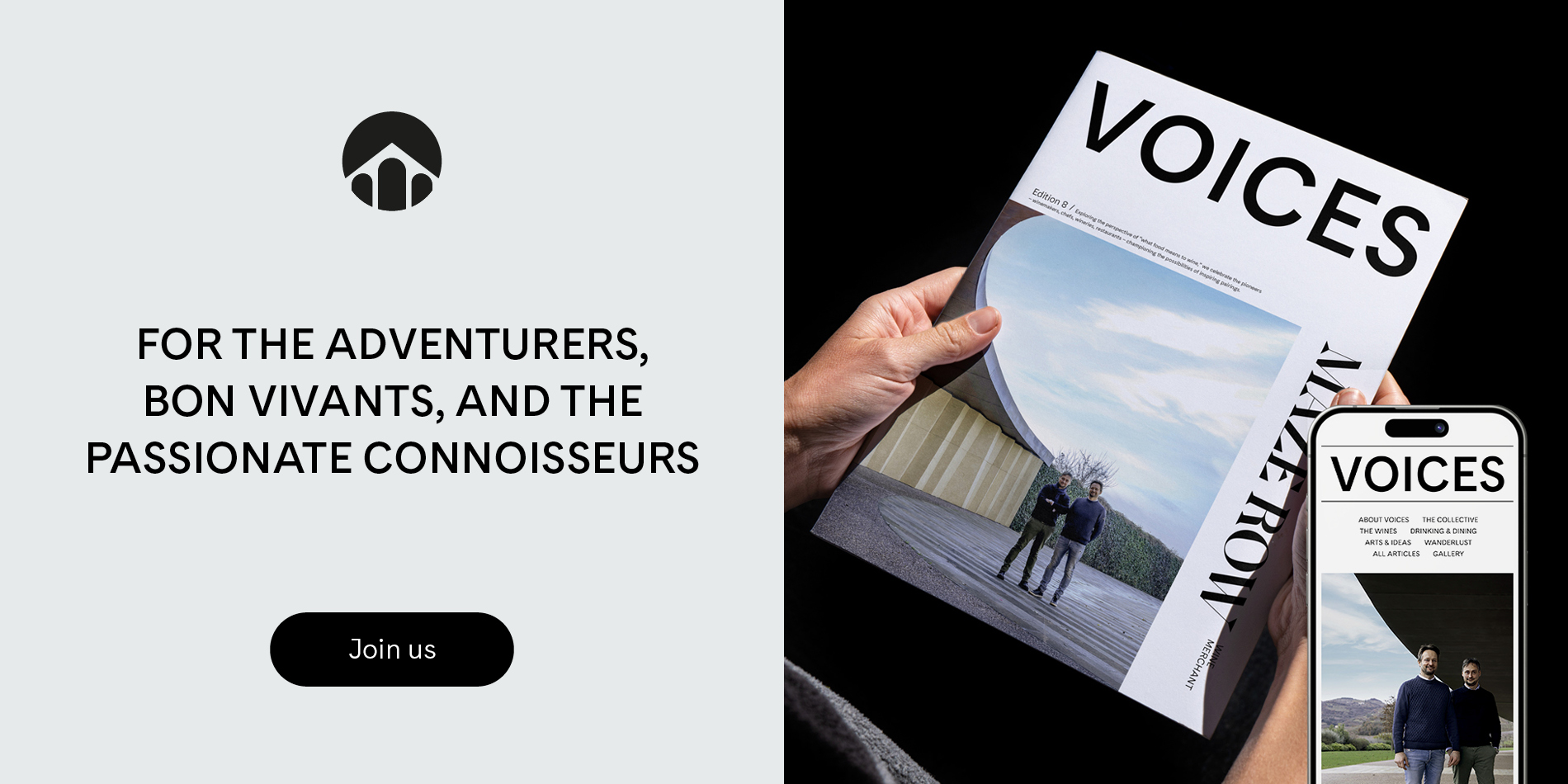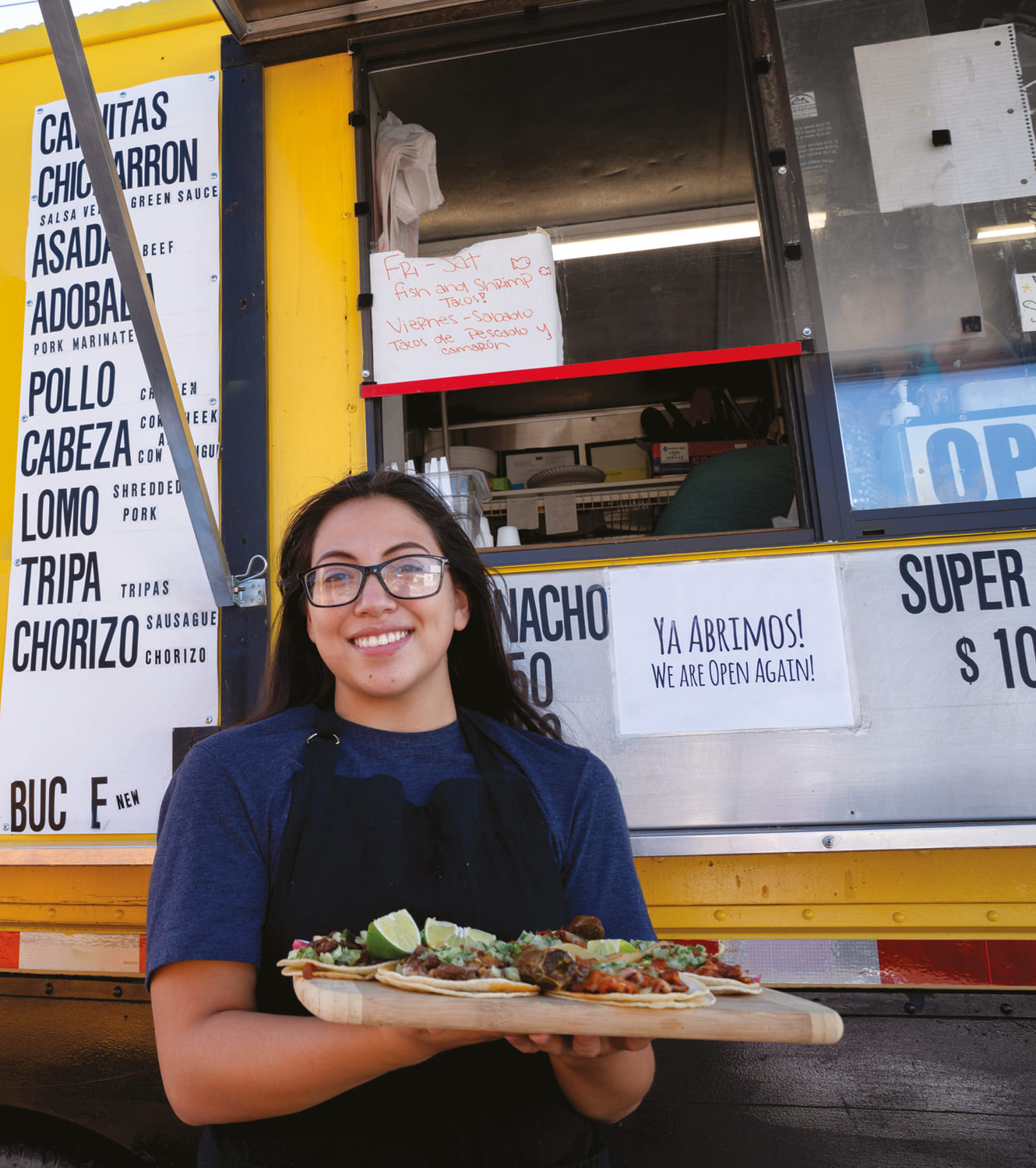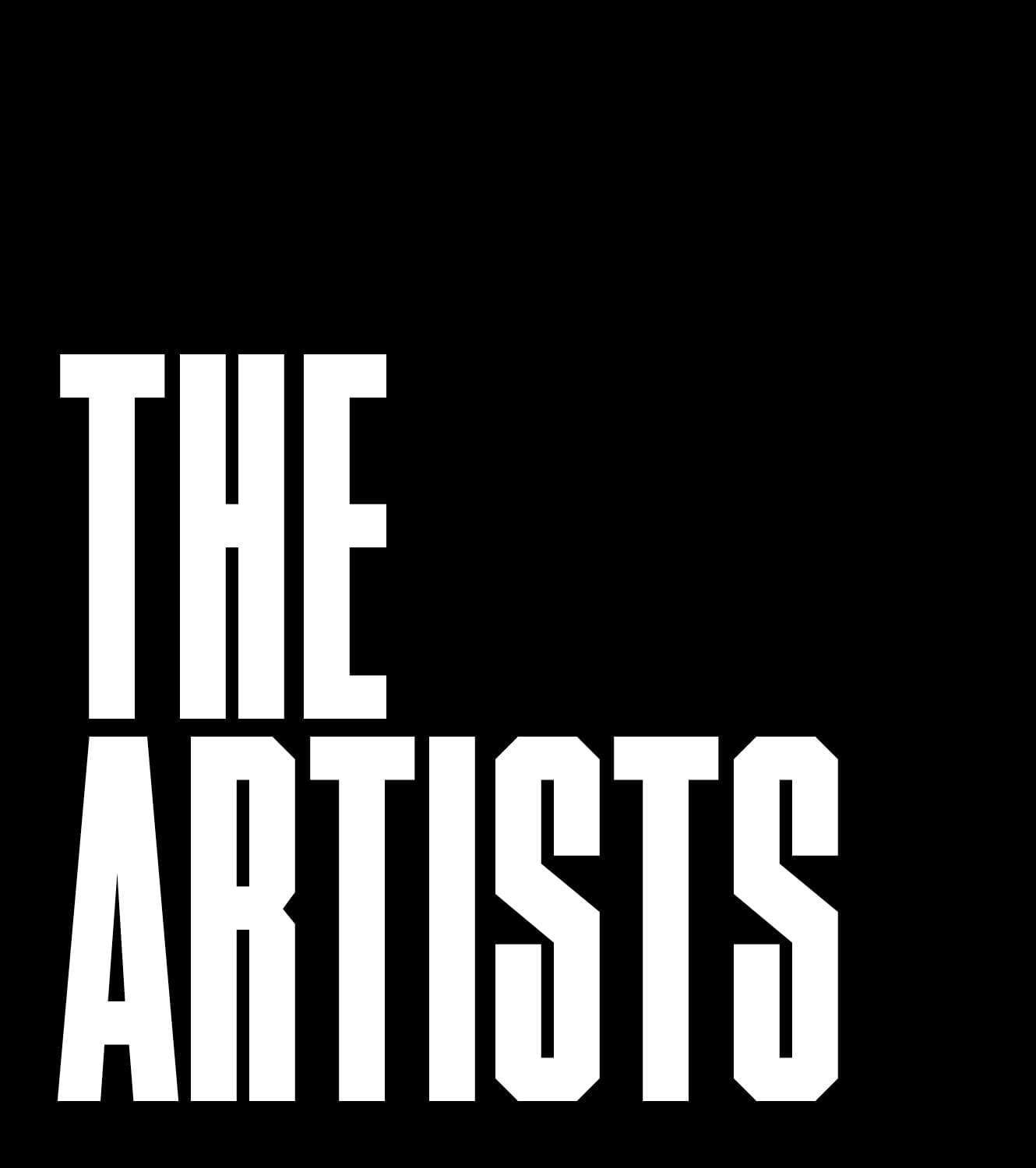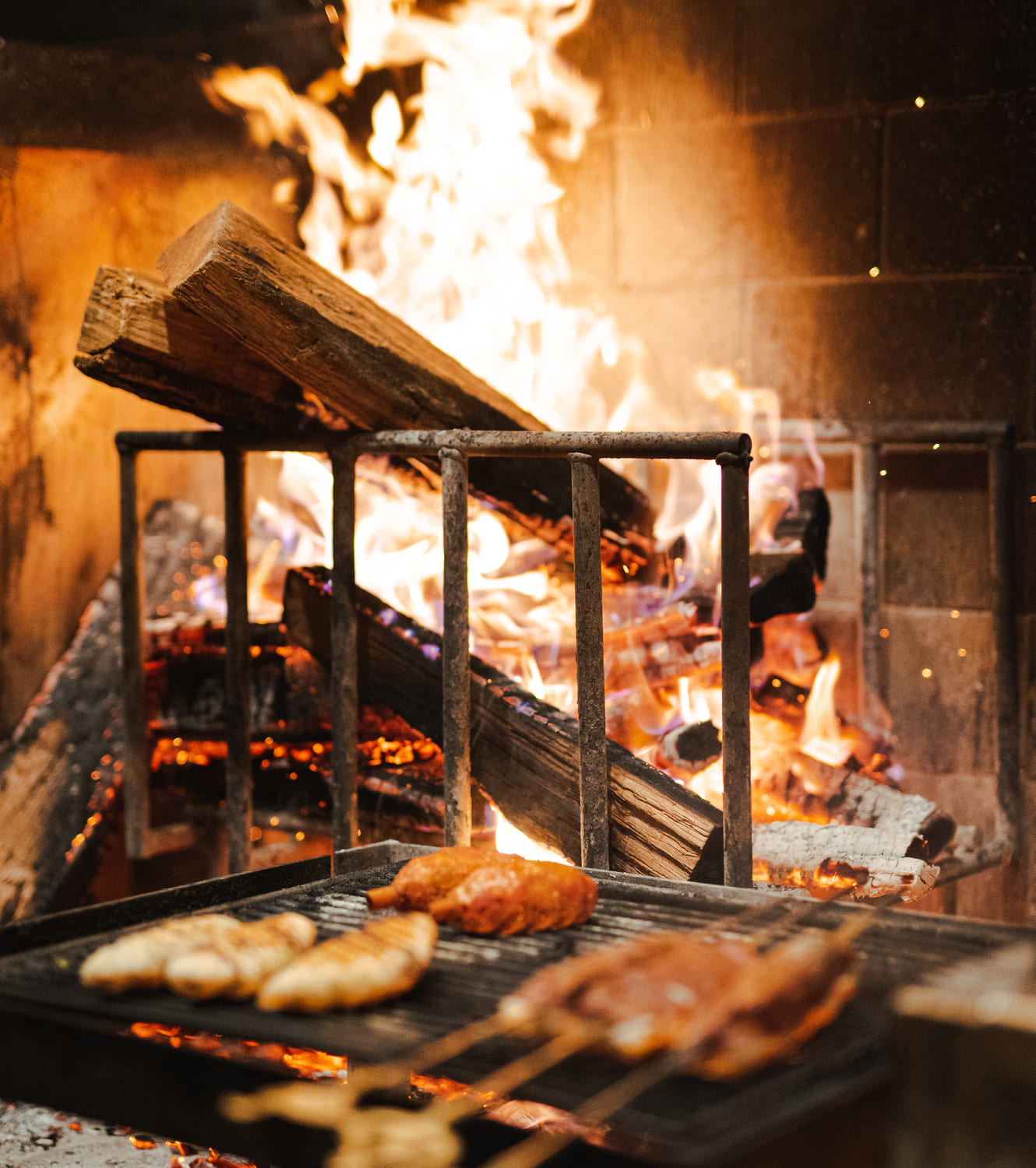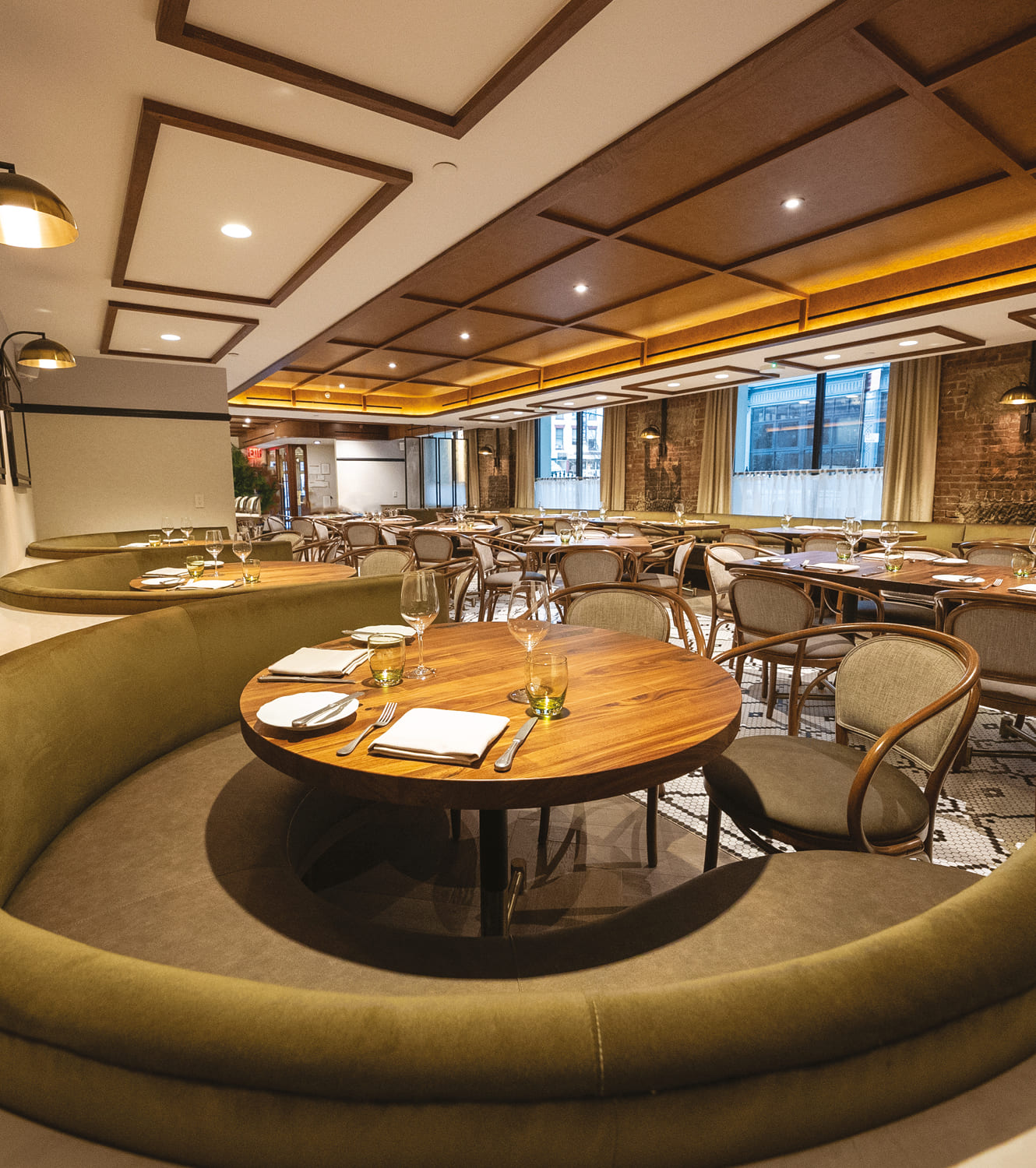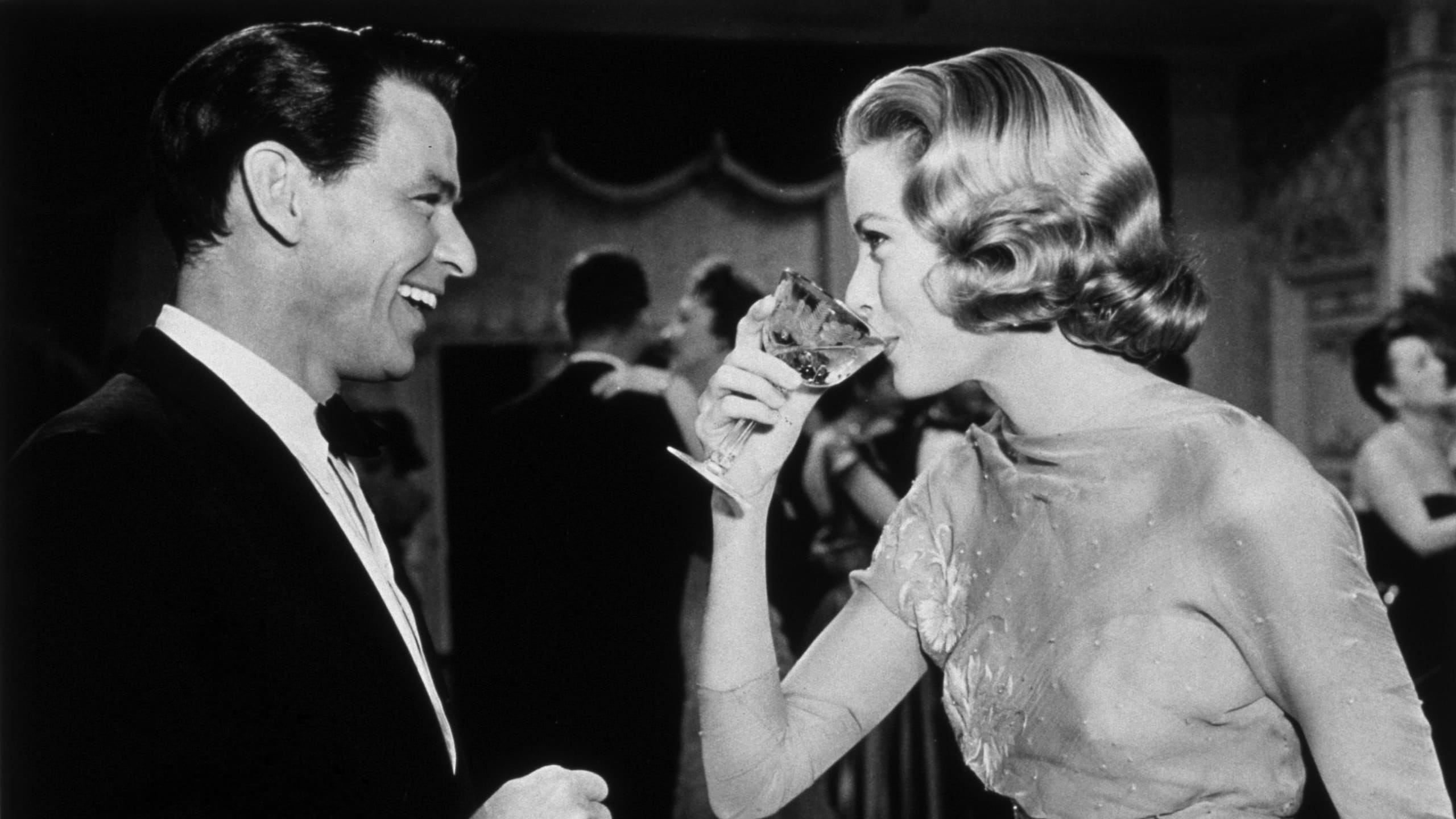
It’s a celebration
Nothing quite sparks up the party spirit like Champagne. The fizz, the pop, the sheer weight of the dark, heavy bottle: it all signifies celebration, as David White explores
Champagne sparkles at celebrations the world over. The dark, heavy bottle. The wire cage. The iconic pop, the bubbles. And that first, bright taste.
Legend would have us believe that Dom Pérignon, a Benedictine monk, “invented” Champagne in 1697. Good for local glory. But six years before Pérignon even began working in the cellar, an English scientist was adding sugar to wine to create a second fermentation – et voilà – palate-tinging bubbles. Even worse for the legend of Dom Pérignon, monks in the French Pyrénées were purposefully making sparkling wine as early as 1531.
Pinning down a date for Champagne’s first bubble is a foolish pursuit; fizzy wine has been around for as long as wine itself. Proverbs 23:31 even warns the pious to avoid looking at wine “when it sparkles.” As usual, a command not universally followed. So instead of beginning with the first bubble, Champagne’s story should begin with the region’s first celebration. It was raucous – and took place way back in 496.
As the fifth century drew to a close, Clovis, a Frankish ruler, had finally succeeded in driving the Romans out of what is now France, and uniting the notoriously bristly Frankish tribes. But immediately a confederation of Germanic tribes came crashing into Clovis’ new kingdom. The Franks seemed destined to fall. So Clovis – under pressure from his deeply religious wife – prayed for help, promising to convert to Christianity if victorious. And win he did. So, on Christmas, shortly after his stunning and unexpected victory, Clovis arrived at the Christian basilica in Reims for his baptism. A lavish celebration followed, and naturally, local wines flowed freely.
That local wine probably wouldn’t be palatable by today’s standards. But visually, it may have looked a lot like Rosé des Riceys, an AOC designation for still rosé from in and around Riceys, a village in the Aube. Made from whole bunches of Pinot Noir, these wines are typically vinified “semi-carbonically,” where most juice ferments while still inside the grape. This technique, which is typically associated with Beaujolais nouveau, helps impart bright, fruity flavors to wine.
Very few producers today make Rosé des Riceys, but the best – Olivier Horiot – makes some of Champagne’s most beautiful wines. His single-vineyard offerings, En Valingrain and En Barmont, are worth finding. They’re stunning.
Clovis’ celebration started a trend. Divine coronation at Reims soon became de rigueur for French kings – and toasting each event with local wine became a part of the ritual. Over the next 1,500 years, Champagne’s wines slowly but surely improved, eventually gaining international acclaim thanks to the bubbles that began setting the wine apart around the turn of the 18th century.
By 1882, celebrated British journalist Henry Vizetelly noted that “we cannot open a railway, launch a vessel, inaugurate a public edifice, start a newspaper, entertain a distinguished foreigner, invite a leading politician to favor us with his views on things in general, celebrate an anniversary, or specially appeal on behalf of a benevolent institution without a banquet, and hence without the aid of Champagne, which, at the present day, is the obligatory adjunct of all such repasts.”
The very word “Champagne” has come to inspire euphoria and trigger an emotional release

Eternal bubbles
There is something obviously unique to Champagne; it’s what we reach for at big moments. It’s how we christen ships, start the New Year, welcome babies and celebrate victories. The very word “Champagne” has come to inspire euphoria and trigger an emotional release.
Yes, the big brands have spent millions to make that connection for us. Executives at Moët & Chandon were surely elated when the winners of the 1967 24 Hours of Le Mans, the world’s oldest car race, sprayed the crowd with a freshly opened bottle of bubbly from the winner’s podium. So, too, are executives at Bollinger whenever a James Bond film ends with the famous spy slipping his arm around the waist of a pretty little thing with a bottle of Bollinger close at hand. But there is an unnecessary limit to that message.
Relegating Champagne to a beverage of ceremony presumes that celebrations are few and far between – and presumes that Champagne is only worth opening when one needs to mark something monumental. Celebrations need not be rare. From dinner with friends to a lover’s embrace, every day has moments worthy of reflection – and worthy of a toast. No drink can compare with Champagne when it comes to taking us out of the ordinary and helping us connect to one another.
Today’s hottest producers have tapped into this zeitgeist. Yes, their offerings are for celebrations – but they urge consumers to celebrate daily. So, they tell the stories of their wines – knowing that today’s discerning wine enthusiasts appreciate quality Champagne for offering the same nuance and depth as any Burgundy or Bordeaux.
Many of the region’s top winemakers even beg oenophiles to ignore the bubbles, preferring instead to describe them as an “accessory” to their vin clair – the still wine that is created before secondary fermentation – because that’s where the flavors are.
Consider, as just one example, the wines of Cédric Bouchard. A producer in the Aube, Champagne’s southernmost region, Bouchard believes that great wines are singular: single varieties harvested in single years in single vineyards. He no doubt developed this belief in the 1990s while working as a caviste in Paris, where he became enchanted by natural wine.
Bouchard began pursuing this vision in 2000 when his father agreed to let him farm a two-acre vineyard – Les Ursules – in his childhood village of Celles-sur-Ource. In the vineyard, Bouchard farms naturally. In the cellar, he intervenes minimally. Today, he crafts seven distinct wines from seven different sites, and finishes all his wines without dosage.
Bouchard is one of several small producers focused solely on single-vintage, single-vineyard, single variety wines with little or no dosage; Jérôme Prévost and Ulysse Collin are two others worth finding. Serious oenophiles have become obsessed with these producers, so their wines are now some of the most sought after, and expensive, on the market.
Another producer worth learning about is Davy Dosnon. He spent his teenage years working alongside his grandfather in the vineyards of Champagne and later worked at Rossignol-Trapet in Burgundy. An artisanal négociant, Dosnon purchases his grapes from others, much like Champagne’s largest producers. But like the trendiest “growers,” Dosnon vinifies each parcel separately, as he is obsessed with terroir. In this way, he bridges the Champagne’s of yesteryear with today’s hottest producers – and demonstrates that the competing visions of Champagne can co-exist and even complement each other.
There are big producers like Louis Roederer and Moët & Chandon who continue to perfect classic blending techniques, and those like Dosnon, who blend from small parcels, often near one another, to unearth new reflections of the land beneath the grapes. And there are those who believe that the best Champagne is always singular – made from one vineyard, one grape, and one vintage.
What they collectively share is working to reveal the region’s wines as living, breathing, and reflective of place, of Champagne, and always on hand for a celebration – divine or otherwise.
Photography ©High Society (1956) starring Frank Sinatra and Grace Kelly.
We recommend
FOOD TRUCKS AND WORLD CUISINE CAN LEAD TO DIVERSE WINE PAIRINGS
From London to Lisbon, New York to LA, food trucks have altered the culinary landscape. Katie Kelly Bell asks sommeliers how best to pair world street food with wine
CAN SOMMELIERS USE THEIR CRAFT TO OPEN OUR EYES TO WINE?
Sommeliers and wine educators can open our eyes to new ways of experiencing wine through artistically curated programs that tap into the mind and soul. We speak to a diverse group doing just that
SEE WHY ALBI’S SPIRITED WINE LIST COMPLEMENTS THE COMPLEX LEVANTINE CUISINE
At Albi, the heady atmosphere and complex Levantine dishes are matched by a cheeky wine program laced with obscure references to songs, books and films as David White discovers
LITTLE EUROPE: SEE THE EGALITARIAN WINE LIST AT BROOKLYN BRASSERIE, FRANCIE
With its European flavors and brasserie sensibility, Francie’s curated menu includes uncommon wines from European importers, as service director, Paris Pryor, explains the egalitarian and fun program
